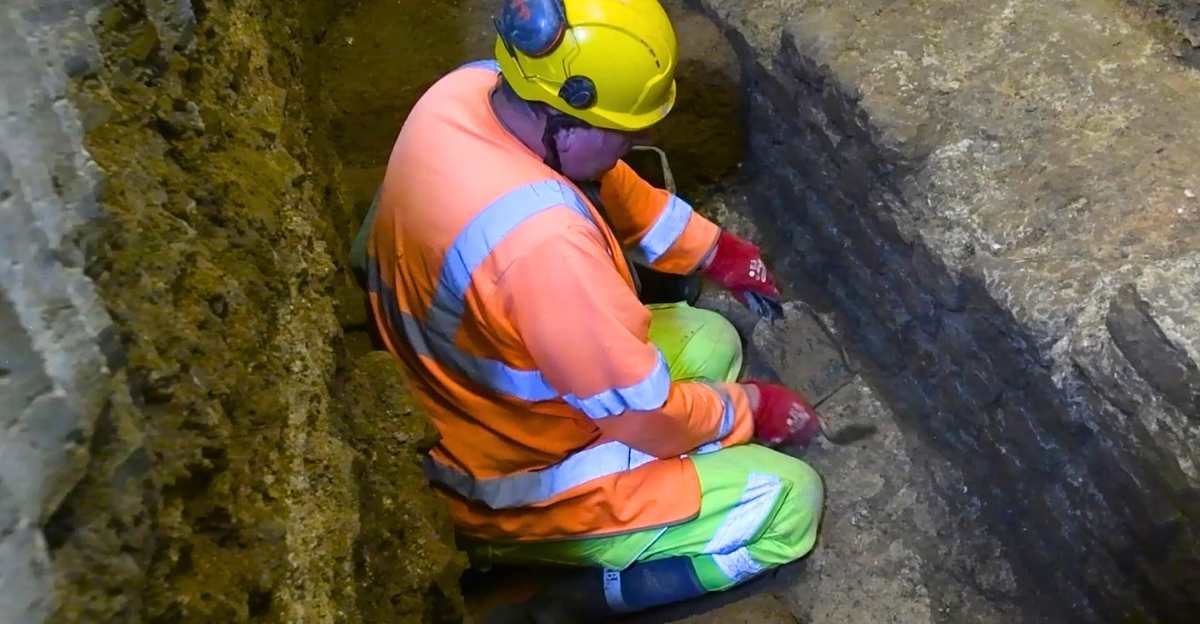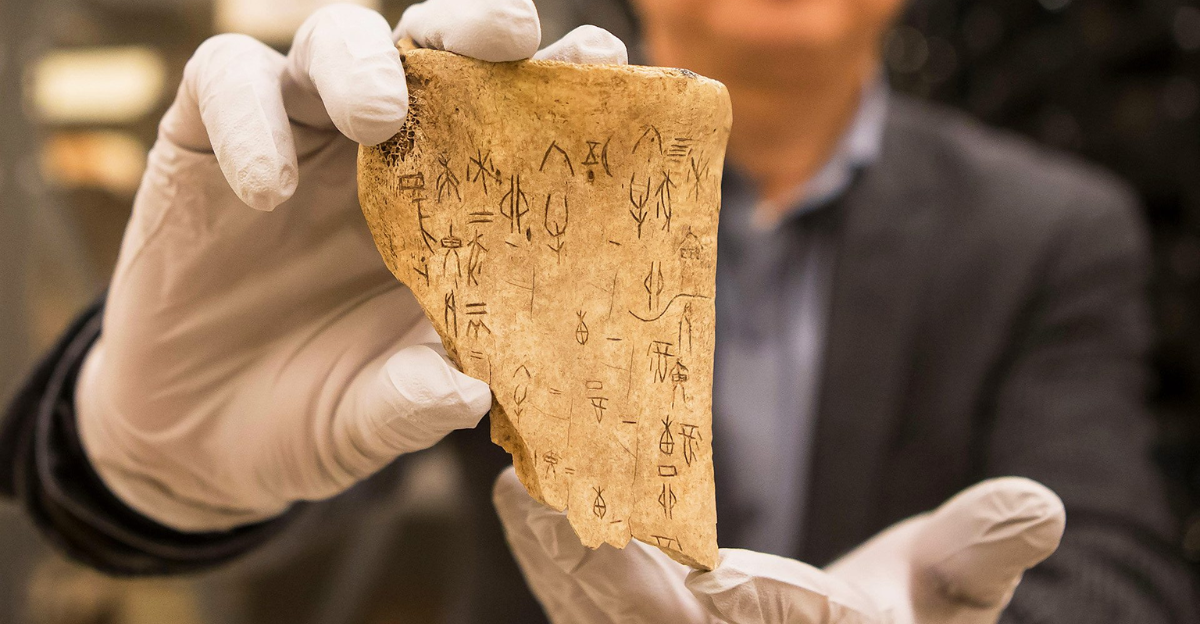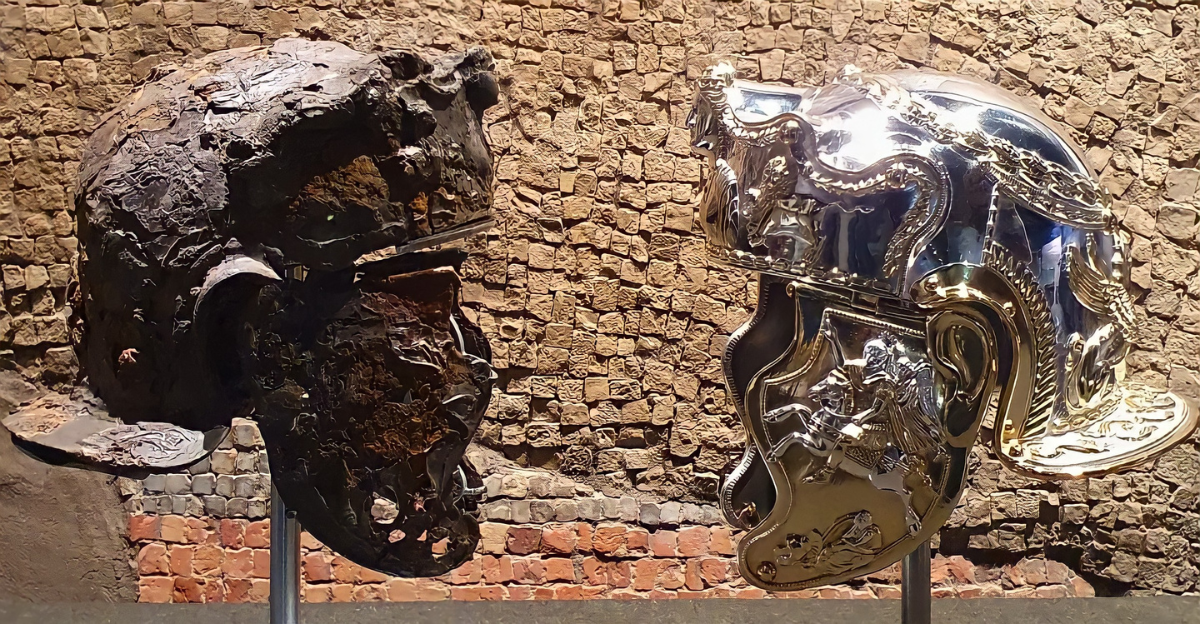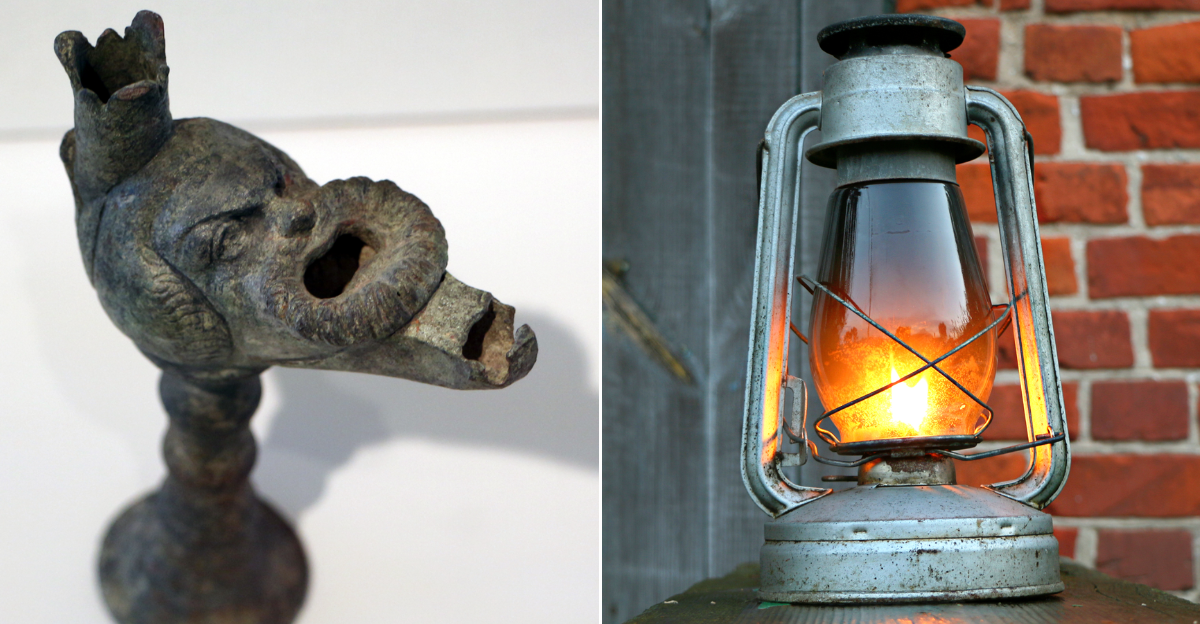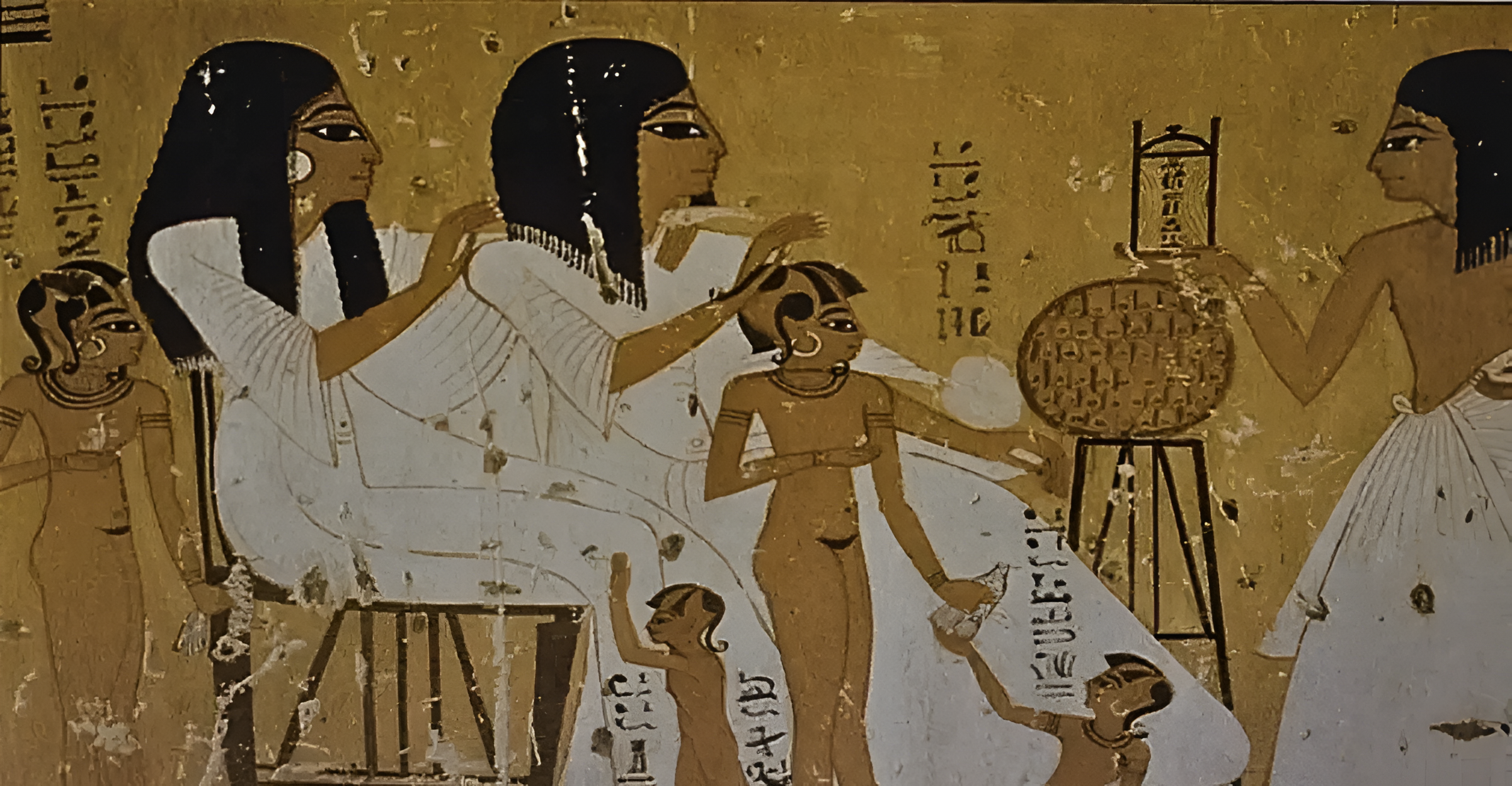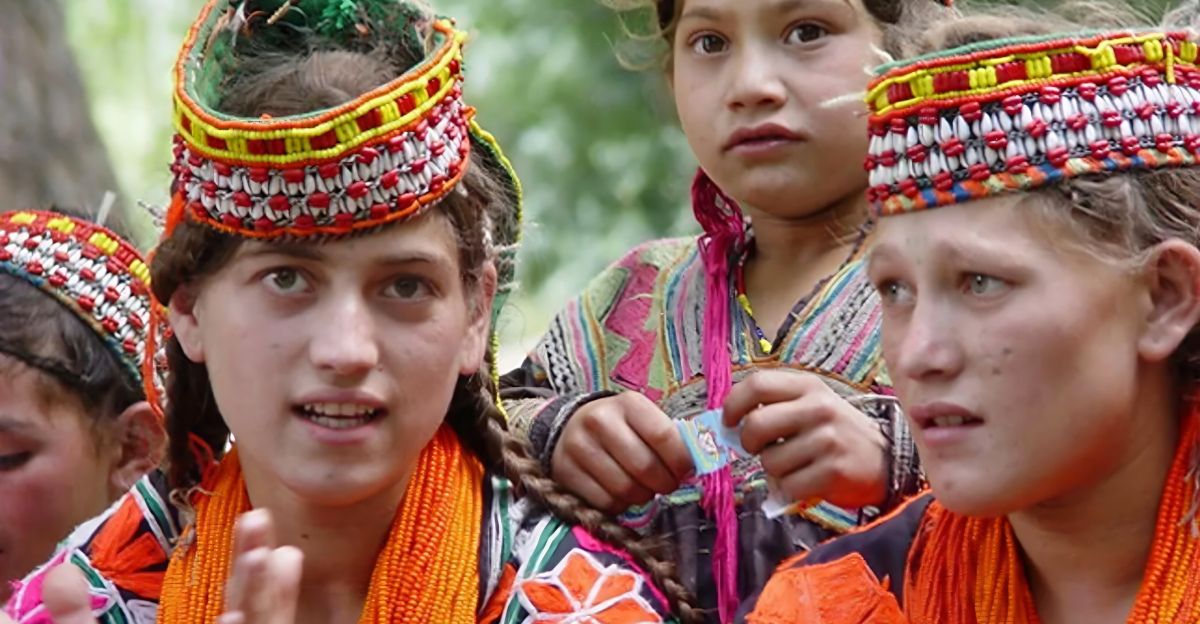
Deep in Colombia’s highlands, scientists have uncovered a mysterious ancient population unlike any group known today. Around 6,000 years ago, this population lived near the Bogotá Altiplano, a high plateau that served as a critical corridor for early migration between North and South America. This discovery is remarkable because their genetic makeup does not match any known modern human populations.
For decades, researchers believed the peopling of South America followed two main genetic lineages, but this newly identified group represents an entirely unknown branch of humanity. Their DNA reveals a lineage that vanished without leaving any genetic descendants in present-day populations. This finding challenges long-held assumptions about human migration and diversity in the Americas. It opens a new window into the complex history of human settlement on the continent, inviting us to rethink the story of our ancient ancestors and their paths.
The Stakes: Rewriting Ancestry
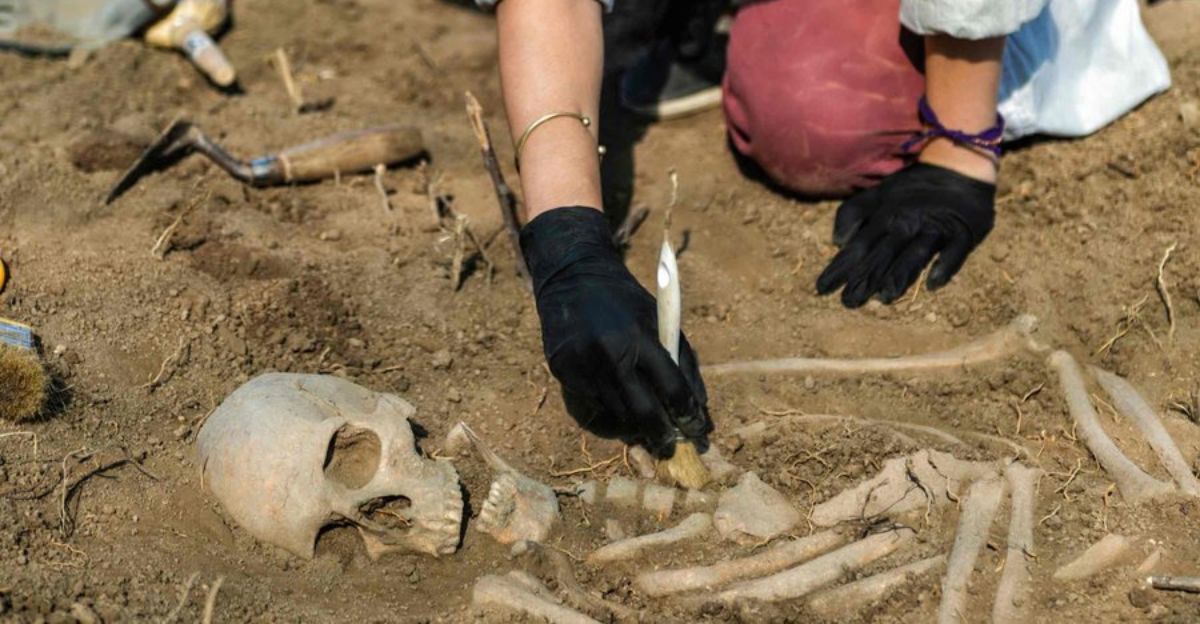
This groundbreaking discovery challenges everything we thought we knew about human ancestry in South America. Until now, scientists have identified two primary Native American genetic lineages, one dominant in northern regions and another in the south. However, the ancient Colombian group’s DNA does not align with either lineage, suggesting a far more complex migration and settlement pattern. This revelation has profound implications for understanding the origins of indigenous peoples in the Americas.
It raises important questions about cultural identity and ancestral heritage for modern Colombians and other South Americans. Could there be forgotten connections to this lost lineage? The discovery forces us to reconsider the narrative of human history in the region, highlighting the diversity and complexity of early populations. It also underscores the importance of ancient DNA studies in uncovering hidden chapters of human evolution that written history cannot reveal.
Life Before Farming: The Hunter-Gatherers of the Highlands
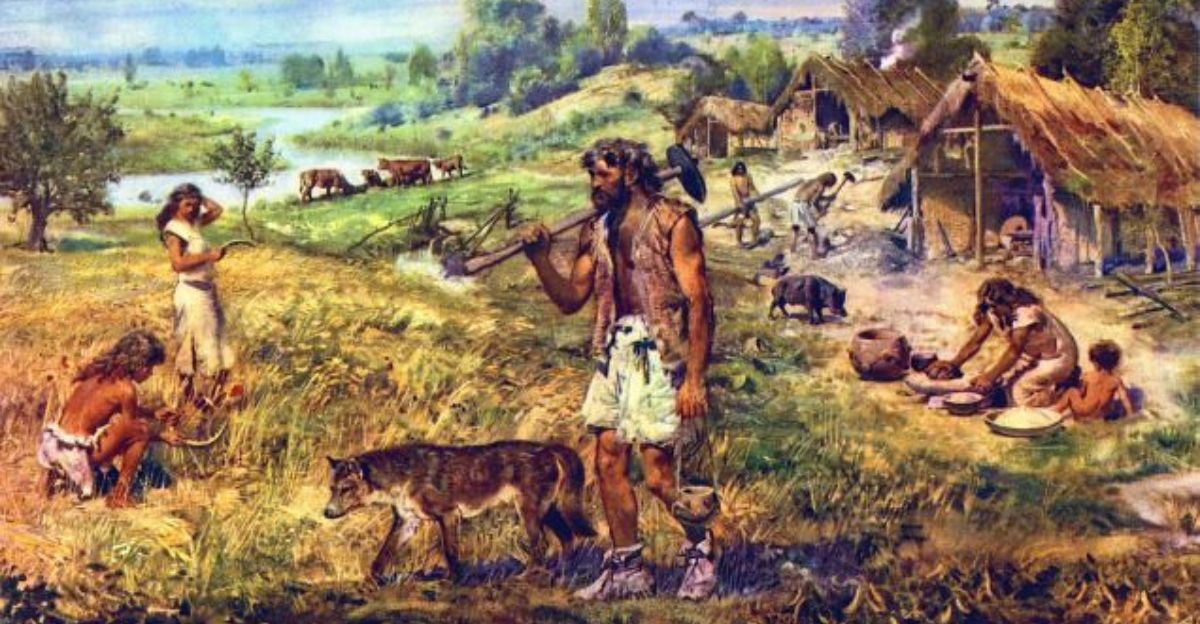
Thousands of years ago, long before the advent of farming or pottery, hunter-gatherers thrived on the rugged high plains of the Altiplano Cundiboyacense near Bogotá. These ancient people adapted to the challenging high-altitude environment, surviving by hunting local wildlife and gathering wild plants. Their way of life remained isolated for millennia, with no evidence of farming or permanent settlements.
Archaeological evidence shows they lived sustainably, leaving tools and skeletal remains that tell a story of resilience and adaptation. Until recently, this ancient population was invisible to science, their existence hidden beneath layers of earth and time. The discovery of their DNA and remains now sheds light on their unique culture and survival strategies. It also provides crucial insight into the diversity of early human groups in South America before major cultural transformations took place.
The Arrival of New Cultures and the Disappearance
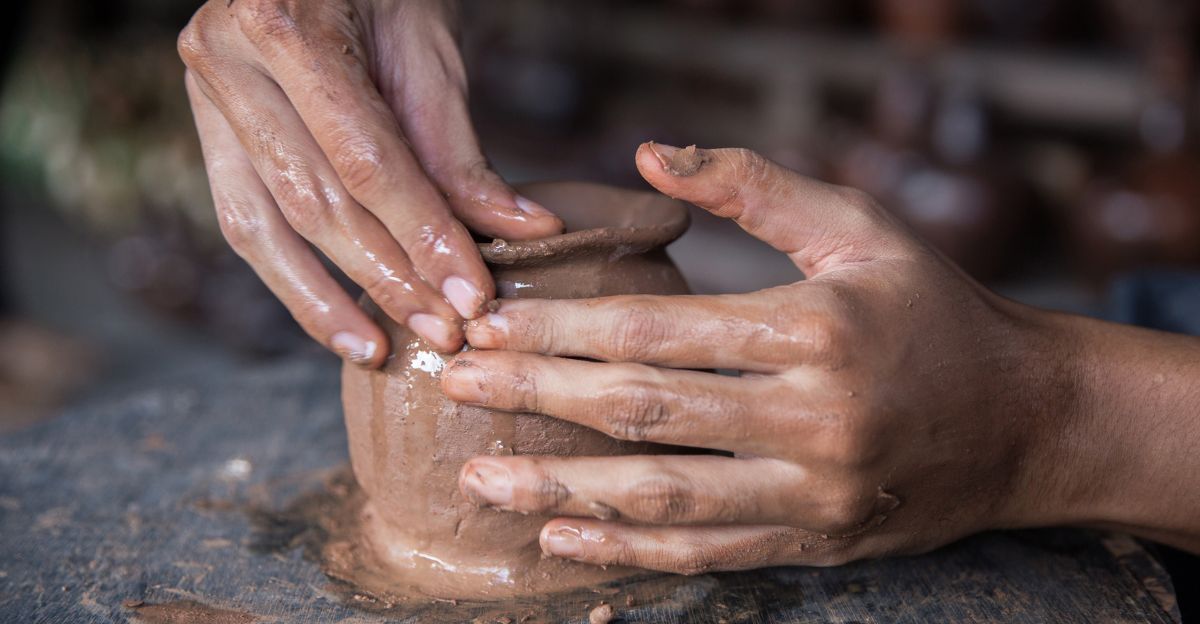
Around 4,000 years ago, a dramatic cultural shift occurred in the Colombian highlands. The ancient hunter-gatherer group vanished from the archaeological record just as new settlers arrived. These newcomers introduced farming, pottery, and new languages, beginning a different way of life. Genetic evidence shows that these settlers had a distinct lineage, unrelated to the earlier population. The reasons behind the disappearance of the ancient group remain unclear.
They may have been displaced, absorbed through interbreeding, or succumbed to environmental or social changes. This transition represents a significant turning point in the region’s human history, as the new cultures laid the foundations for the ancestors of many indigenous groups living in Colombia today. Understanding this disappearance helps illuminate the complex processes of cultural change and population dynamics in prehistoric South America.
The Genetic Revelation: A Lost Human Lineage

Genetic analysis of 21 ancient skeletons from the Bogotá highlands reveals a startling fact: this early population had no genetic ties to any modern humans. The DNA extracted from these remains represents a completely unknown lineage, distinct from ancient North American and South American groups. This basal lineage, which branched off early from the main South American populations, was previously undocumented in genetic studies.
Scientists sequenced over a million genetic markers, confirming that this group was isolated for thousands of years before disappearing. This discovery challenges existing models of human migration and population replacement in the Americas, suggesting that the continent’s early human history is far more complex than previously believed. The lost lineage highlights how some ancient populations vanished without leaving genetic traces in present-day peoples, reshaping our understanding of human diversity and extinction.
The Altiplano Cundiboyacense: A Genetic Time Capsule
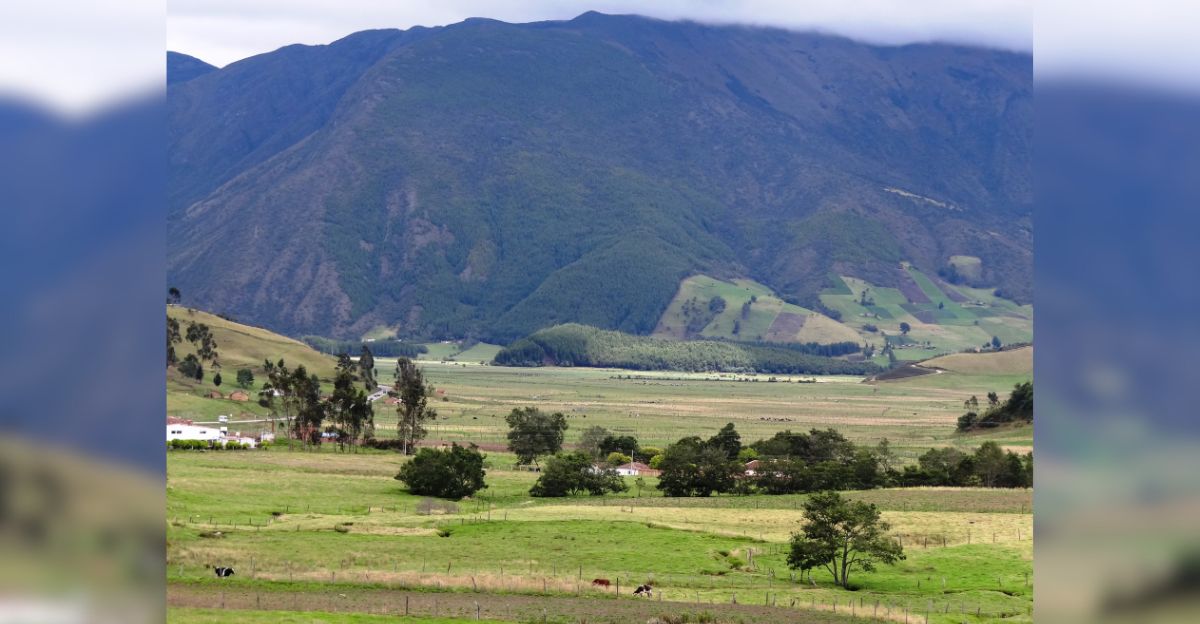
The Altiplano Cundiboyacense, a high plateau north of Bogotá, is now a bustling region home to millions. Yet beneath its soil lies a genetic time capsule, a lost lineage of humans who lived there thousands of years ago. This region was a crucial corridor for early human migration into South America, making it essential for understanding continental population dynamics.
The discovery of this unique genetic group here reveals the deep and complex human history embedded in the landscape. It shows that modern populations replaced or absorbed earlier groups, but traces of these ancient peoples remain hidden in the earth and the genetic record. This finding emphasizes the importance of archaeological and genetic research in revealing forgotten chapters of human history. It highlights the Altiplano’s role as a key site for studying ancient human diversity.
Cultural Identity and Heritage: A Community’s Reflection
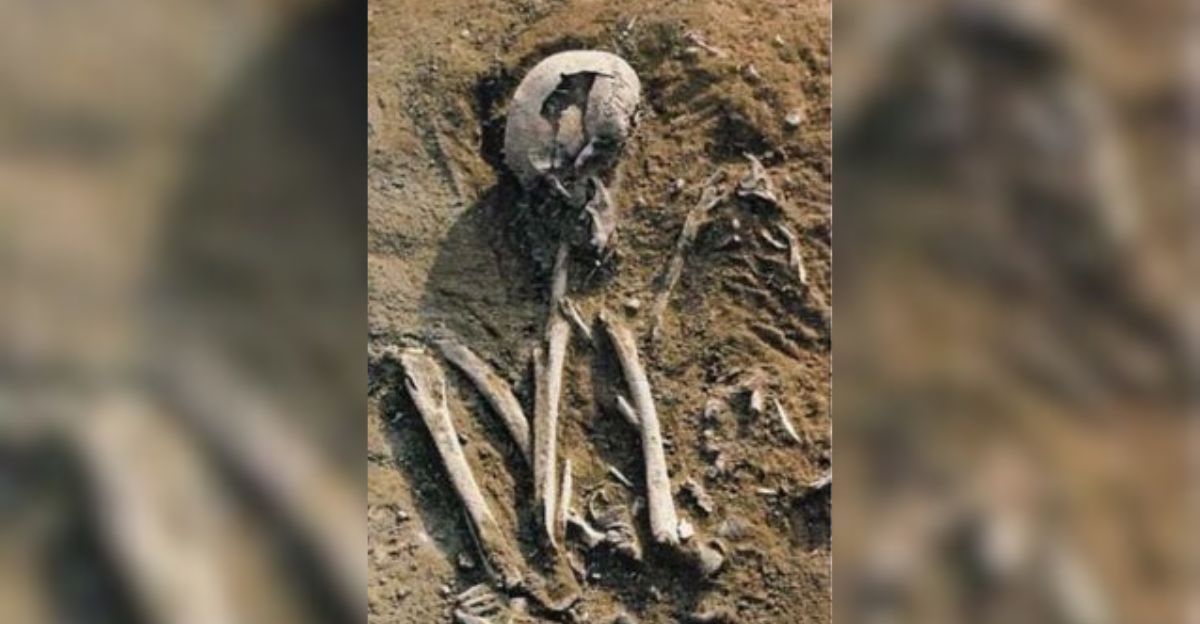
The revelation of a vanished ancient people in Colombia prompts deep reflection among local communities and researchers. How does uncovering a lost lineage reshape cultural identity and heritage? This discovery challenges existing narratives about indigenous origins and highlights the diversity of human history in the region. It invites a reconsideration of ancestral ties and the recognition of forgotten peoples who once shaped the land.
For indigenous groups and Colombians alike, this finding underscores the richness and complexity of their heritage. Researchers emphasize the importance of respectfully engaging with local communities to honor this heritage. The discovery also raises questions about how history is preserved and remembered, encouraging a broader dialogue about identity, ancestry, and the legacy of ancient peoples in modern society.
Challenging Migration Theories
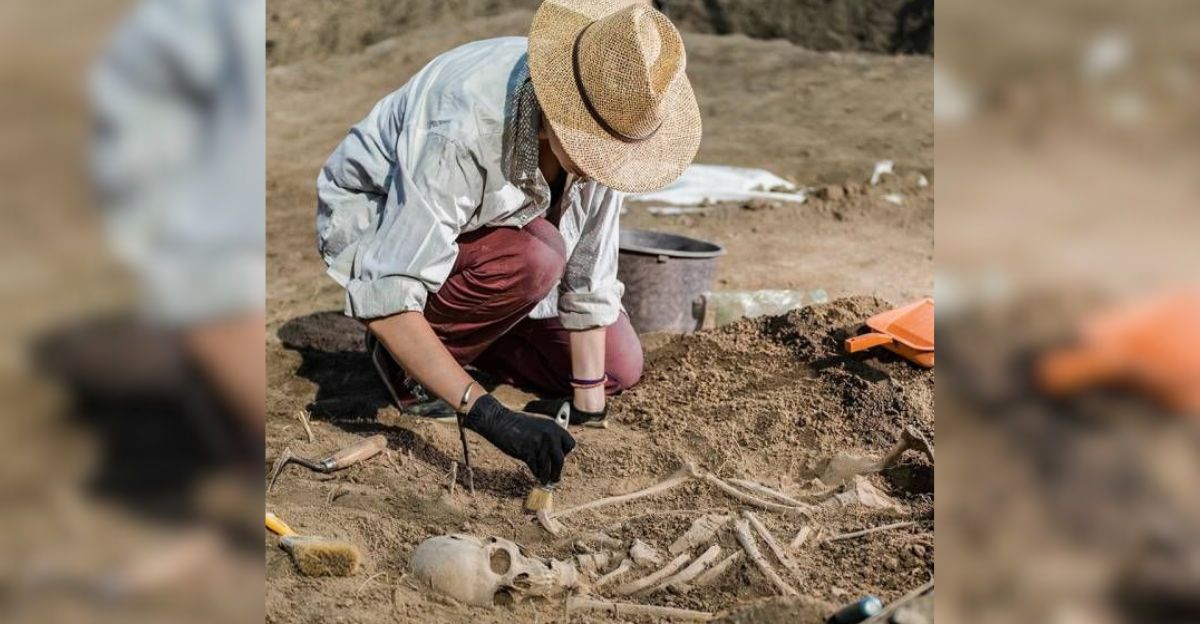
This discovery adds a new and unexpected chapter to the story of human migration in the Americas. Previously, migration models focused on two main lineages spreading southward from North America, but this lost group introduces a third, isolated branch that existed independently for thousands of years. This challenges population replacement and interaction assumptions, suggesting a more intricate web of ancient human movements across vast and diverse landscapes.
The finding fuels ongoing debates about how early peoples adapted, migrated, and interacted, emphasizing that human history is not linear but complex and multifaceted. It also highlights the power of ancient DNA research to uncover hidden populations and rewrite the narrative of human settlement in the New World.
Lessons from the Past: Change as a Constant
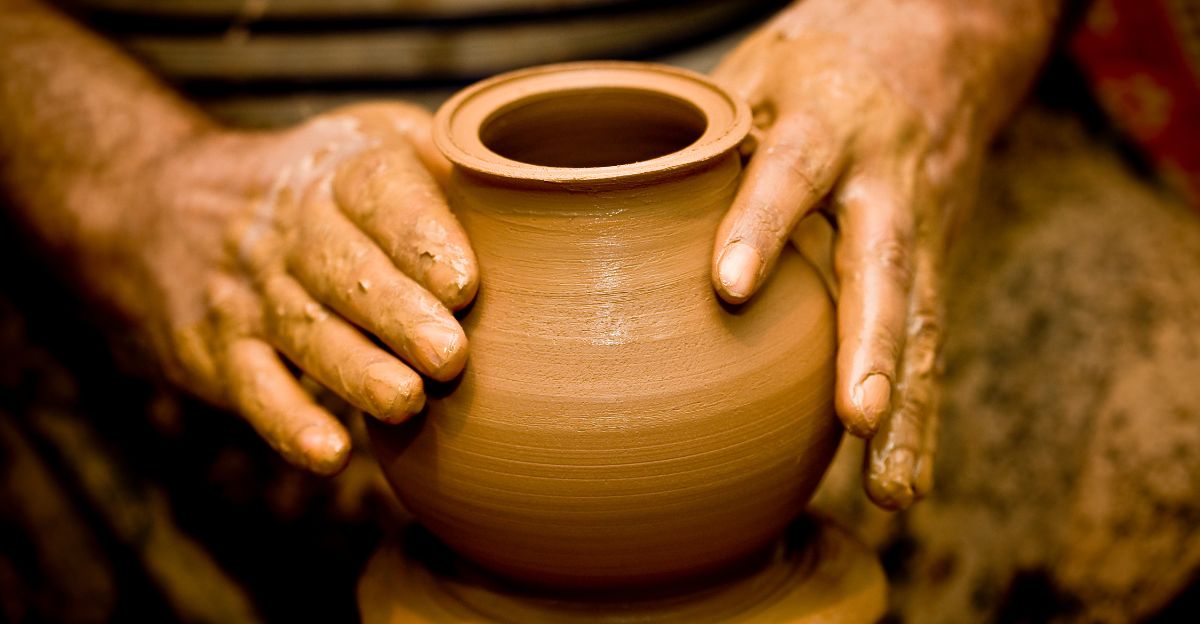
The disappearance of this ancient hunter-gatherer group coincided with the arrival of new technologies and cultural practices such as farming and pottery. This illustrates a key lesson from human history: change is a constant. Societies evolve, adapt, and sometimes disappear as new groups migrate and technologies spread.
The story of this lost lineage reminds us that cultural and genetic landscapes are dynamic, shaped by migrations, environmental shifts, and social transformations over millennia. Understanding these patterns helps us appreciate the resilience and adaptability of human populations. It also offers a perspective on how current societies evolve in response to changing conditions, reinforcing that human history is an ongoing story of transformation.
The Future of Discovery
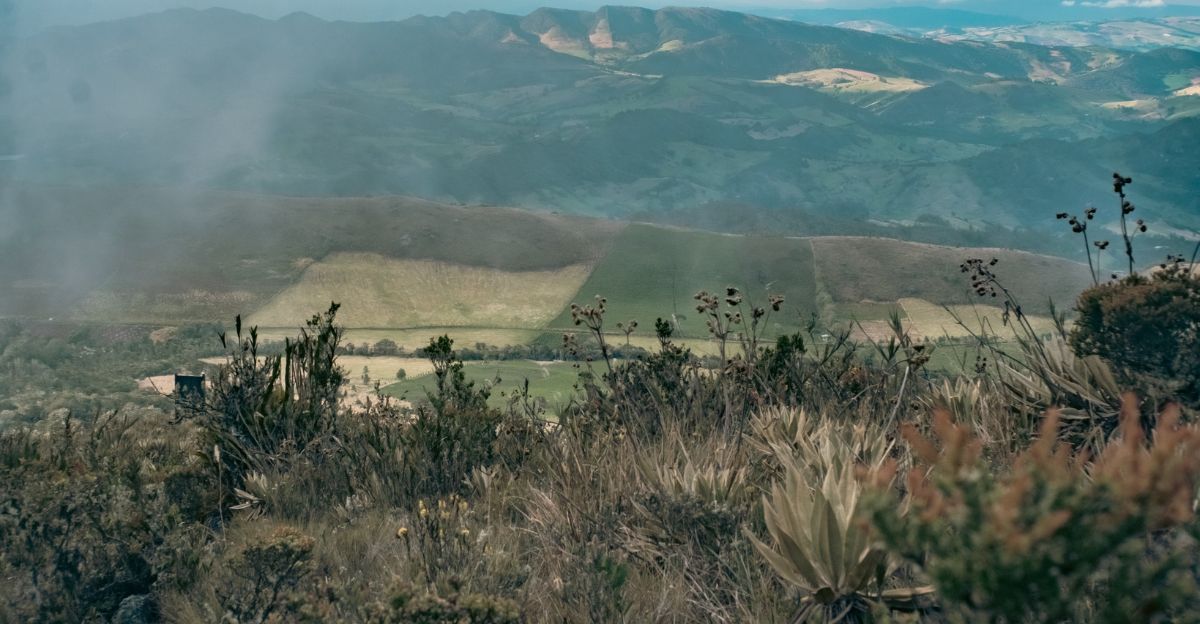
What other secrets lie buried in Colombia’s ancient soils? The discovery of this lost lineage opens new avenues for research into the origins and diversity of peoples across the Americas. As ancient DNA techniques improve and more archaeological sites are explored, scientists expect to uncover additional forgotten groups to reshape our understanding of human history.
This discovery invites us to look deeper into the past to understand better the complex tapestry of humanity’s journey across continents. It also highlights the importance of preserving archaeological sites and collaborating with local communities to uncover and honor the rich heritage beneath our feet. The story of Colombia’s lost lineage is just the beginning of many exciting discoveries.

